Finishes Which Transend Trends!
Hi Friends, I hope your new year is off to a great start. Being gifted with a not-so-easy case of Covid over the Holiday, I am just now getting back into the swing of things. While I was down, I did try to organize all the thousands of pictures on my phone and was really interesting to see things done ten plus years ago in which the finishes still feel current through so many evolving design trends!! I thought you would also like to see the finishes which have transcended design trends. Some of these illustrations date back 20 years. Could you visualize the finishes in today’s interiors?
Plaster!
Plaster has been used to adorn the walls of architecture that has transformed our world for thousands of years. The Egyptians burned gypsum in open-air fires, crushed it into powder and mixed it with water to plaster ancient pyramids. Venetians also embraced plaster but added marble dust to the mixture, producing heavier variation and adding more sheen to the finish. In the frescoes of Michelangelo’s celebrated Sistine Chapel, pigment was applied directly to wet plaster, taking months to dry but resulting in the magnificent murals that are still admired today. Although architecture and design trends have changed, plaster as a backdrop is still timeless!
Painted Floors!
During the 1700s, compass rose patterns, floral and wildlife designs, and faux inlaid wood were all commonly featured as floor motifs. In Sweden and Colonial America, painting or whitewashing pine floors was the norm. These styles, adapted to include more contemporary graphics and bold colors, are now finding their way into new design trends. Painted floors can take the place of inlaid stone or tile to define an area, producing interest and distinction in any room. Not only do painted floors hold up well, allowing for easy cleanup of spills and dust with the right products, but they also lend an unexpected and dramatic effect. In the past, I’d always thought of rooms as having five surfaces to consider for finishes: the ceiling and four walls. But after seeing how treating floors as individual elements contribute to the home’s overall allure, I now think of the floor as the sixth wall.
Murals!
MURAL PAINTING IS ONE OF THE OLDEST FORMS of artistic expression. The word “mural,” originating from the Latin word “murus” or “wall,” refers to any form of visual expression created on a wall. In France, the caves at Lascaux enclose wall paintings dating from 15,000 B.C. One of history’s most famous murals, Leonardo da Vinci’s The Last Supper, 1495 to 1498, was created for the convent refectory of Milan’s Santa Maria delle Grazie. Just like fine art, fine murals have stood the test of time throughout history. As a truly custom finish which can be less expensive than wall coverings, they can be personalized with special memories and meaningful motifs, few finishes engender as much enchantment or impact as a mural.
Metallic Details!
Metallic is being widely used today to bring a bit of 1920s Hollywood glitz and create jewel-box accents on cabinetry, shimmering effects in dining spaces, and subtle, silk-like glows in master retreats. Unlike the heavy, gilded look of yesteryear, these new metallic are incorporated sparingly for elegant, captivating spaces. Gold, white gold and silver, hammered into extremely thin, square sheets, are excellent decorative tools for leafing ceilings or gilding furniture. Applying metallic to range hoods can create a metal look at a fraction of the price of customizing a stainless, enamel or brass one.
Wood Finishes!
With today’s open floorplans, often time’s wall finishes remain consistent while built-in cabinetry, paneling, beams and doors give each room that unique element. Quality wood finishes transform raw wood or painted pieces into reclaimed elements; they reinvent sprayed cabinetry into sleek furniture with chic gold or silver detailing; they can even turn a standard planked wood ceiling into repurposed barn wood, or a heavily stained orange wood cabinetry into an aged grayed limed finish. Cabinet finishes show dirt less and hold up much better than simply painted ones since we seal them with an acrylic floor sealer which is washable and will not yellow over time Not only can these treatments greatly enhance a new construction, but they also can reinvent a home’s existing elements at a fraction of the cost of ripping out and building anew.
Thank you for following along the different finishes with me! It is so amazing to see older trends still being trendy with today’s styles. Until next time xo Leslie




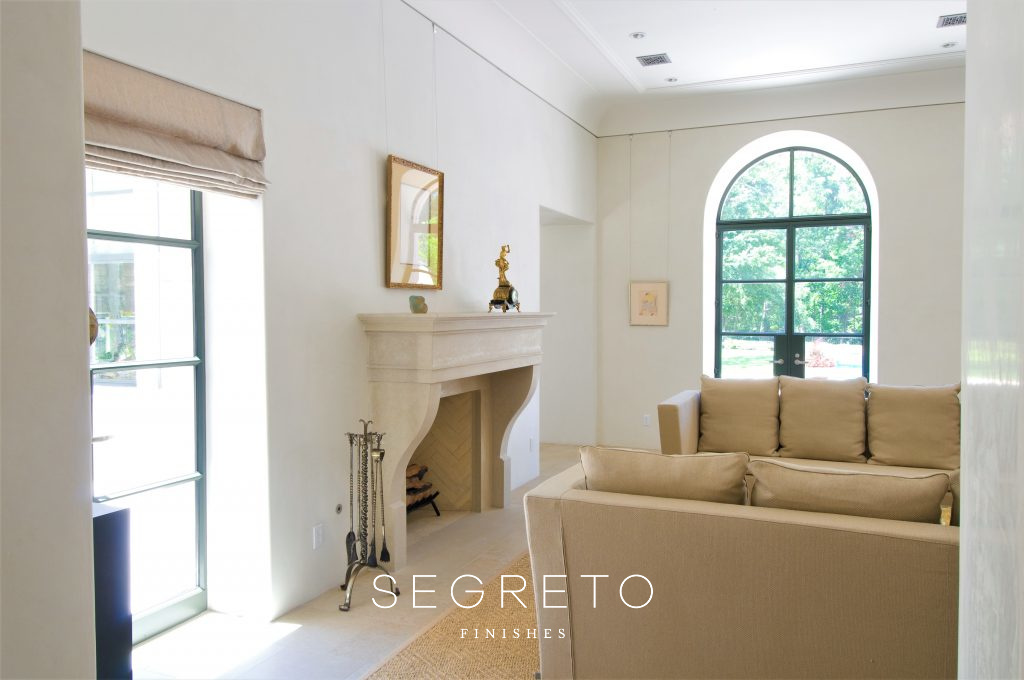
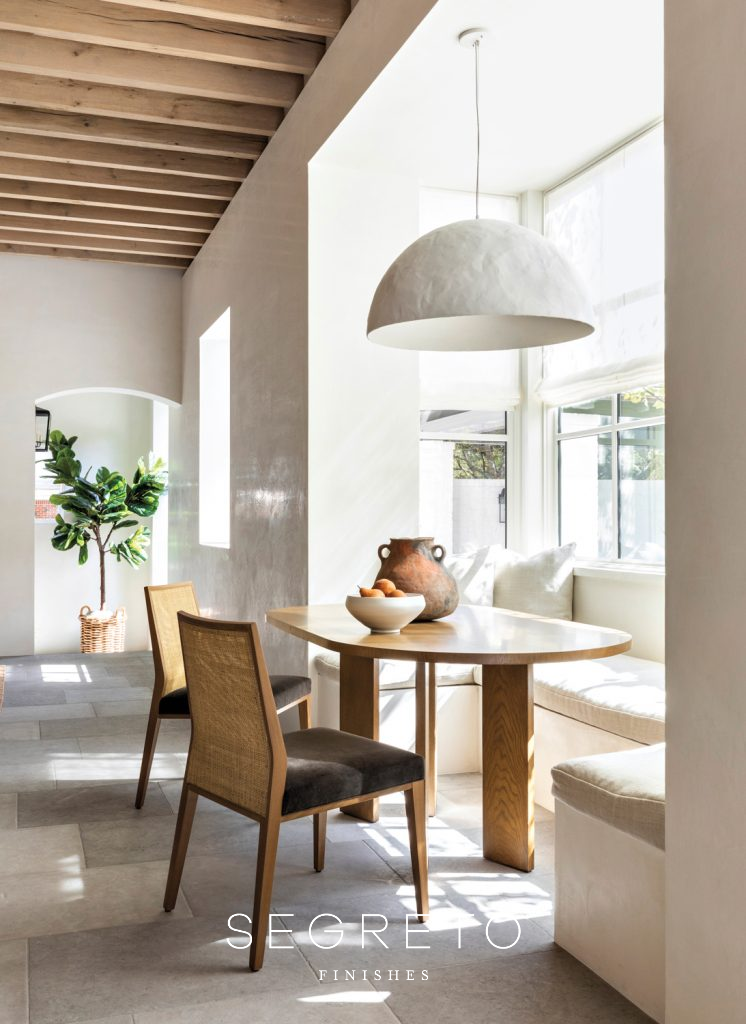

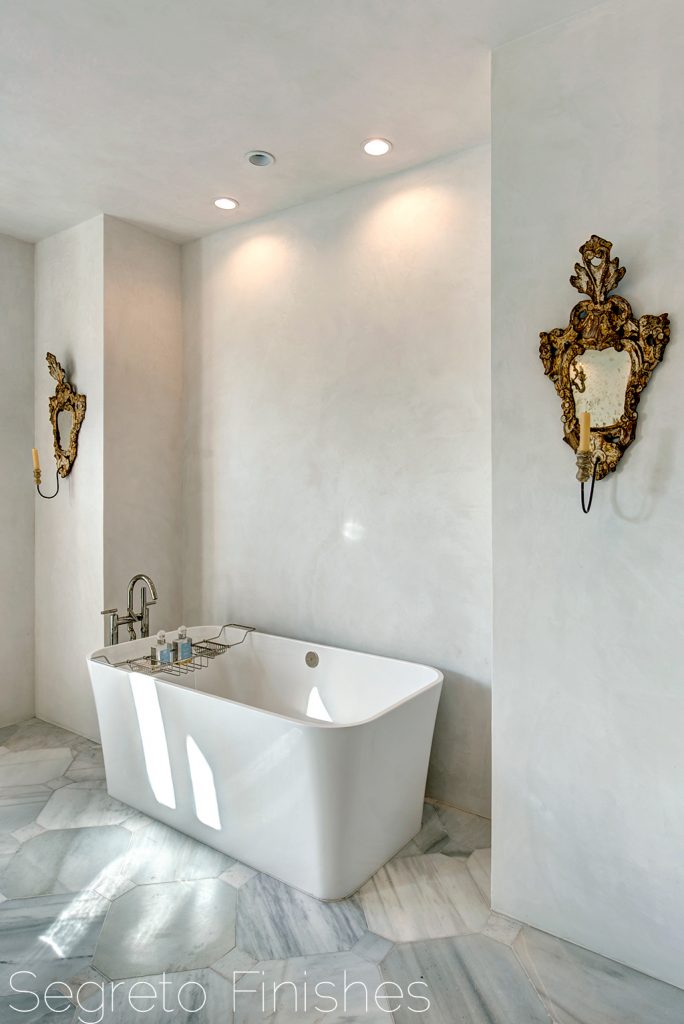
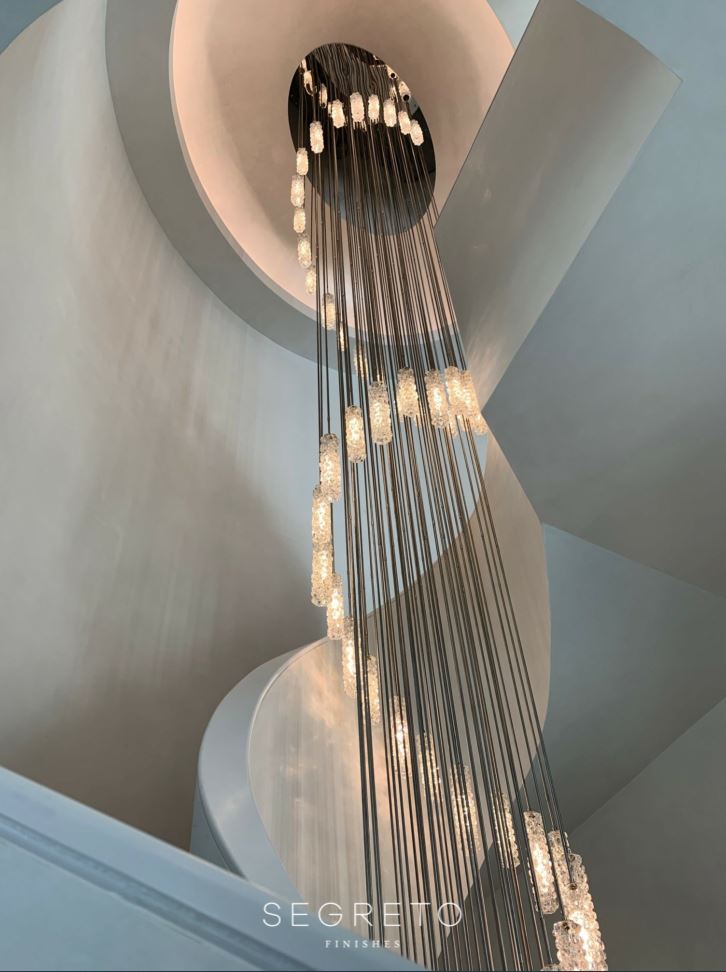
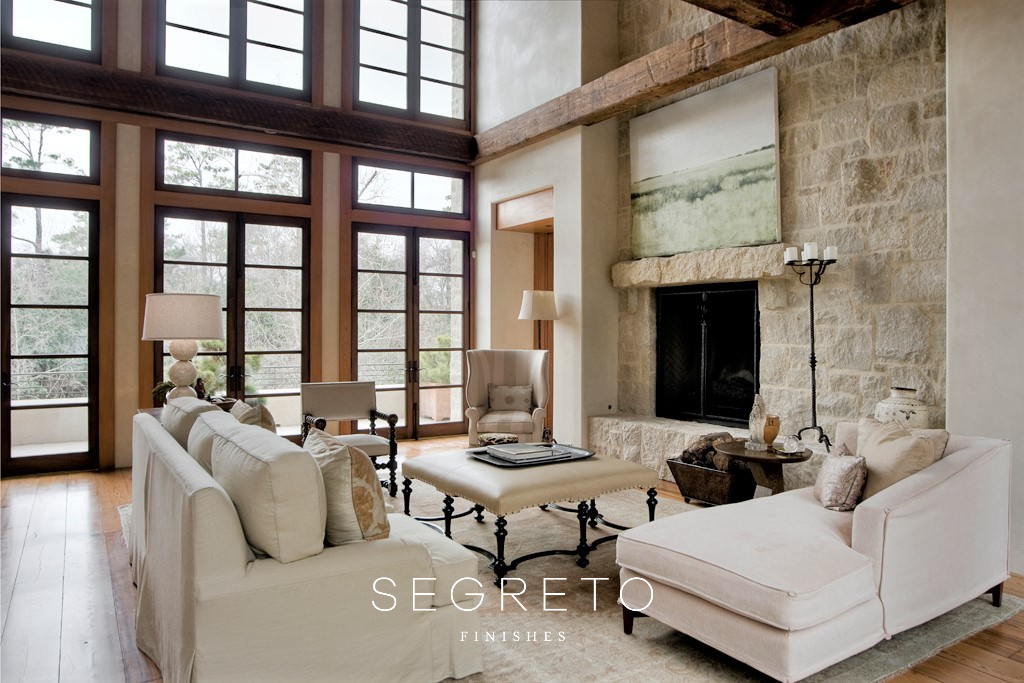
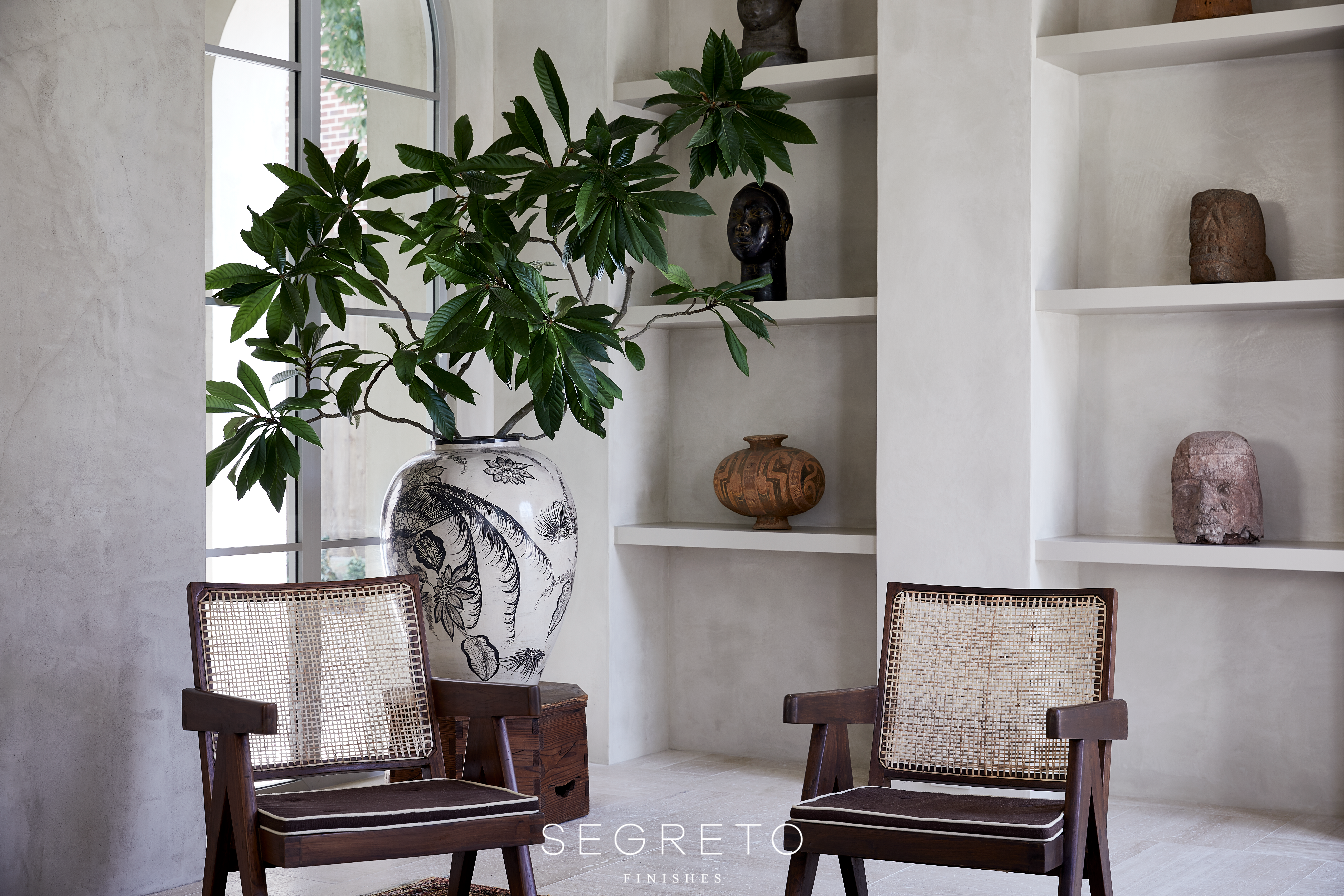
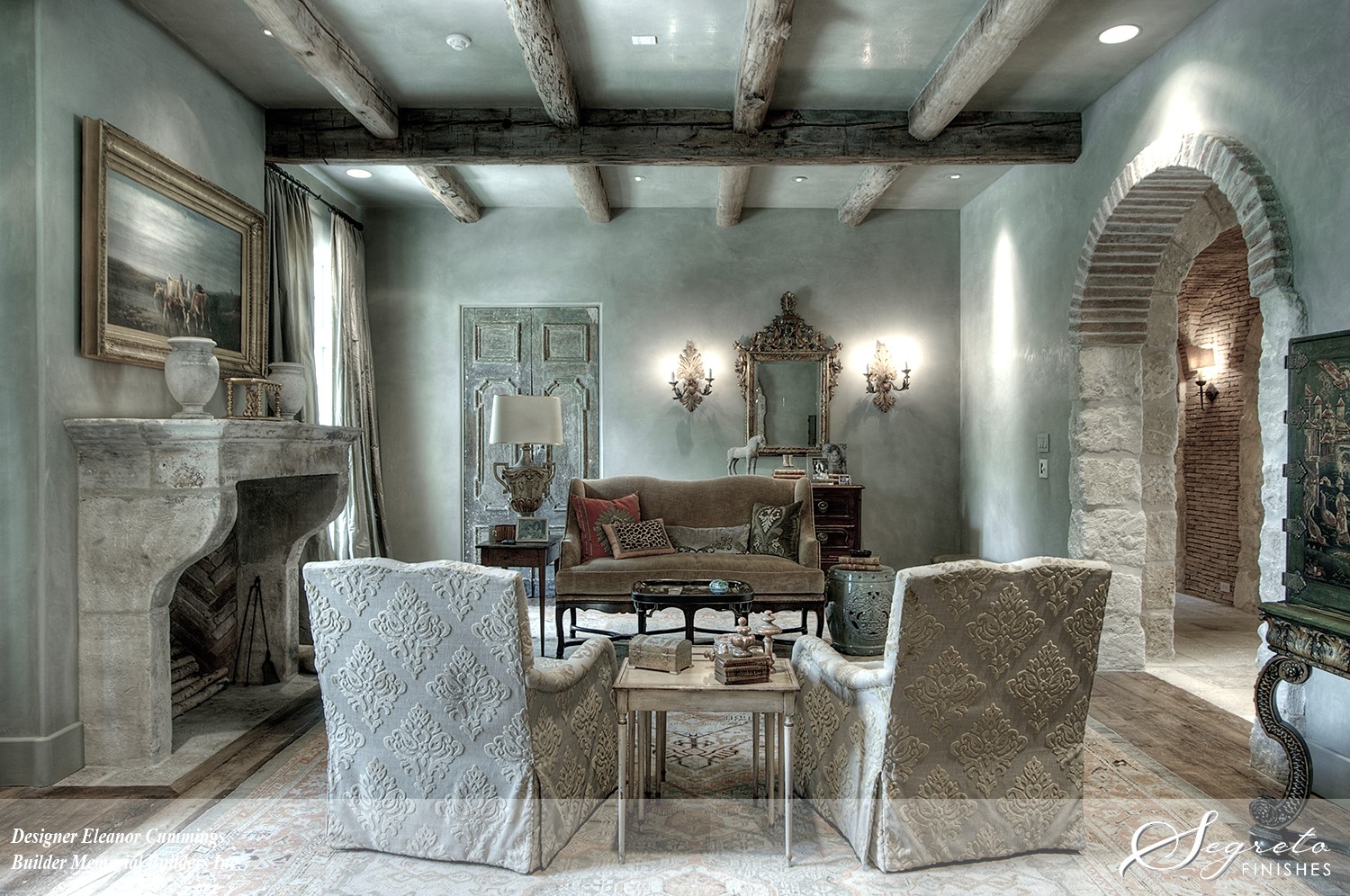
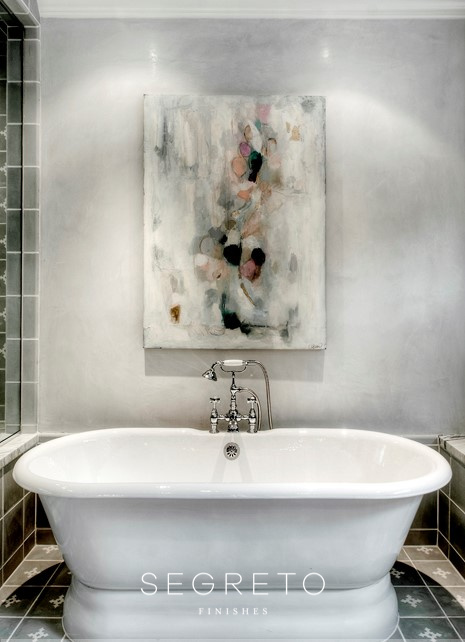
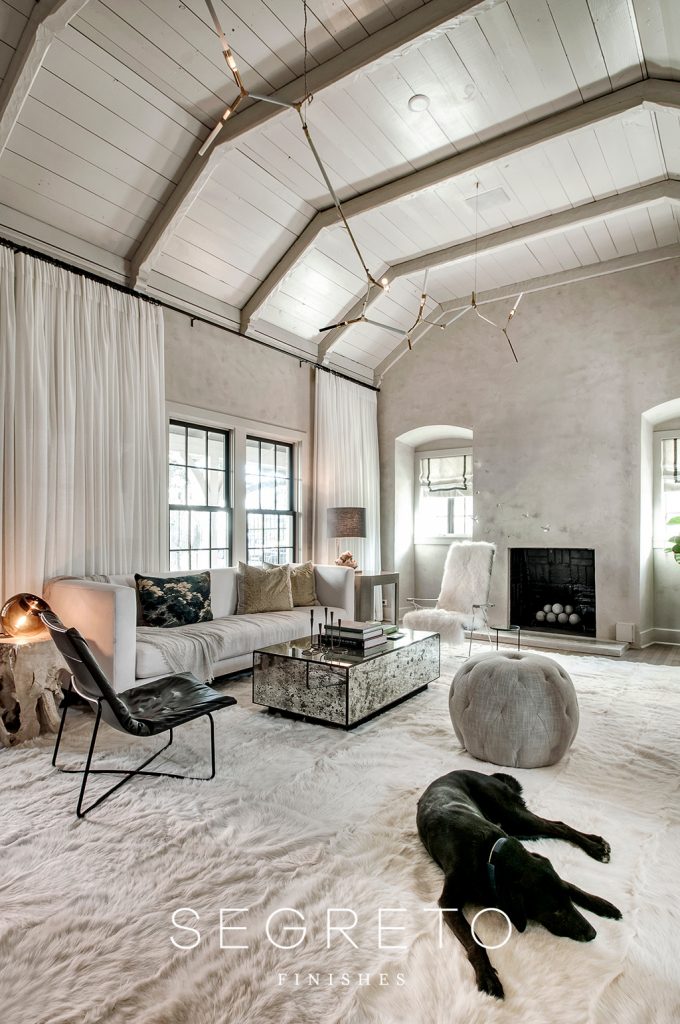
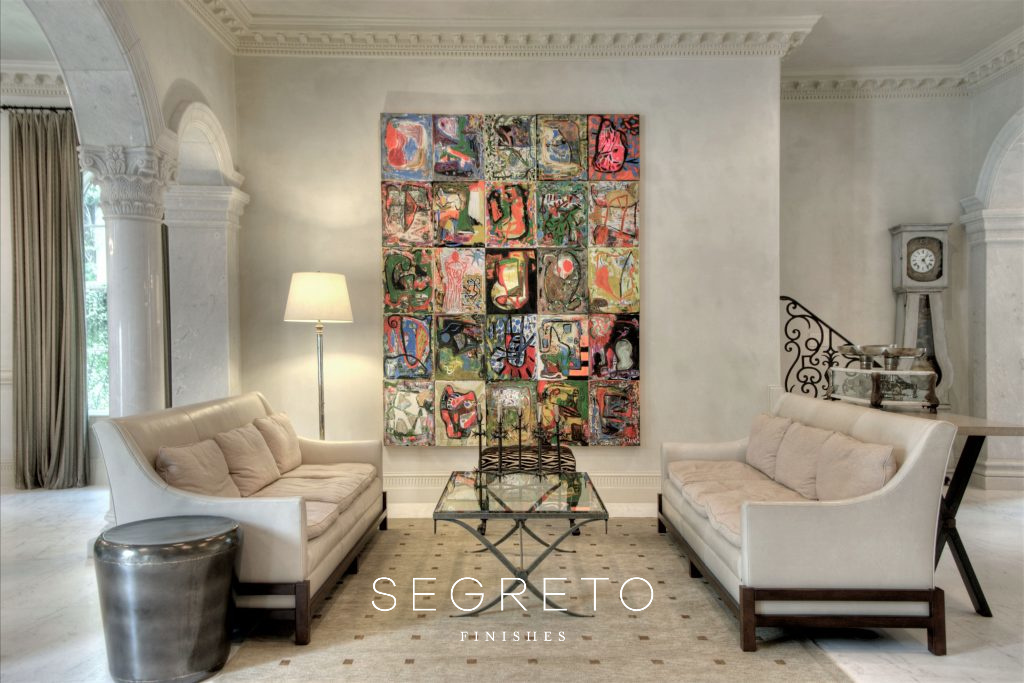
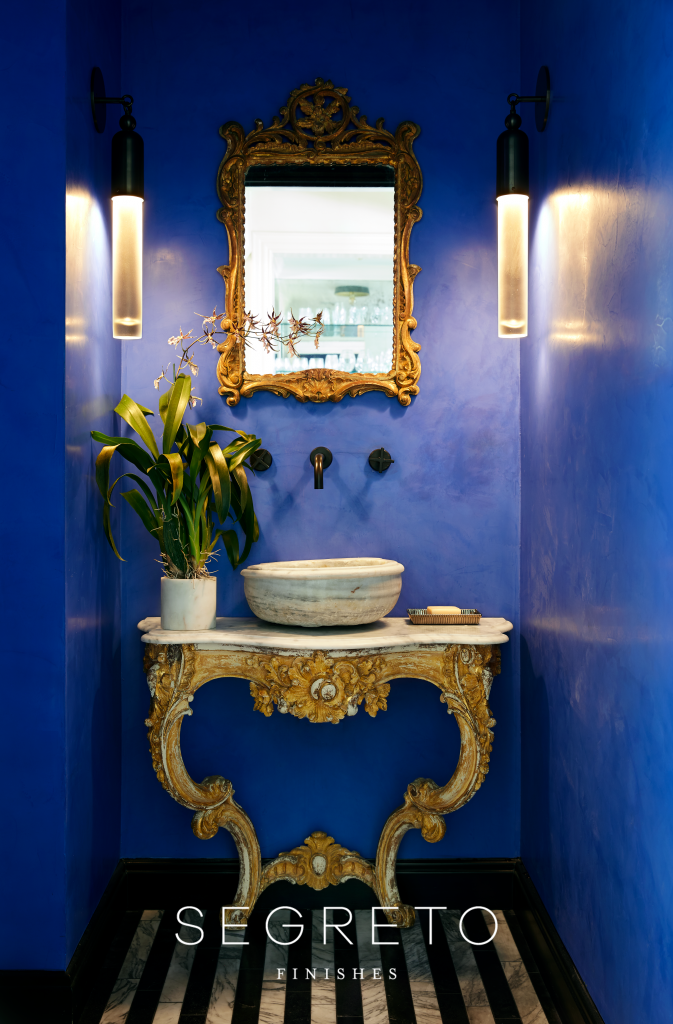
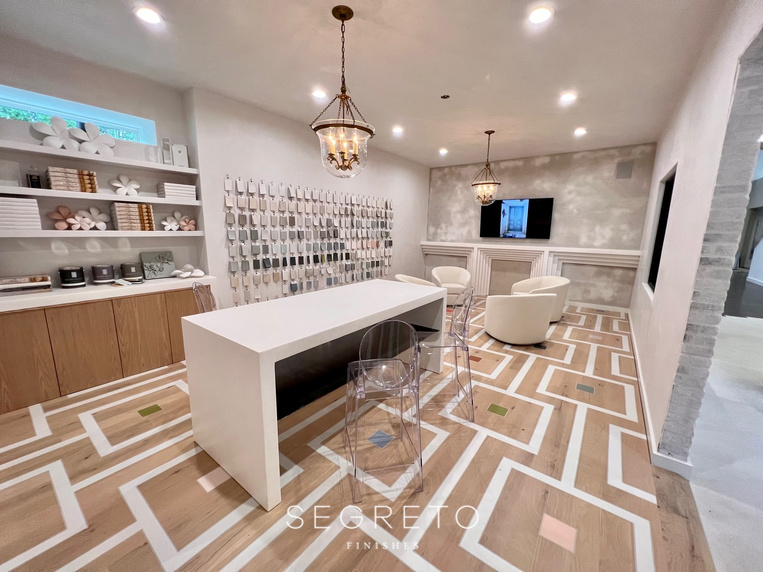
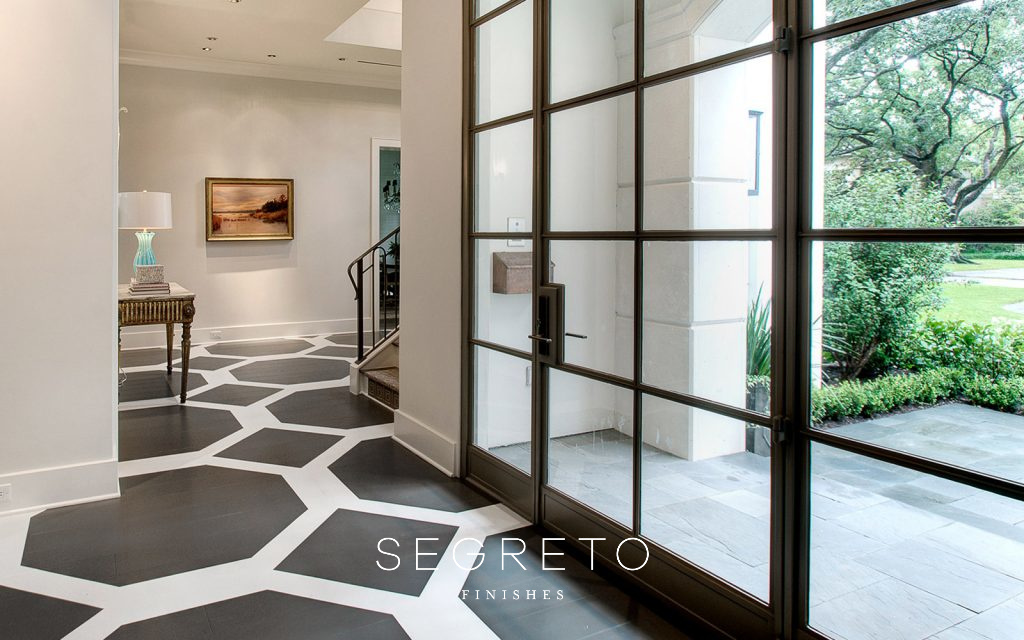
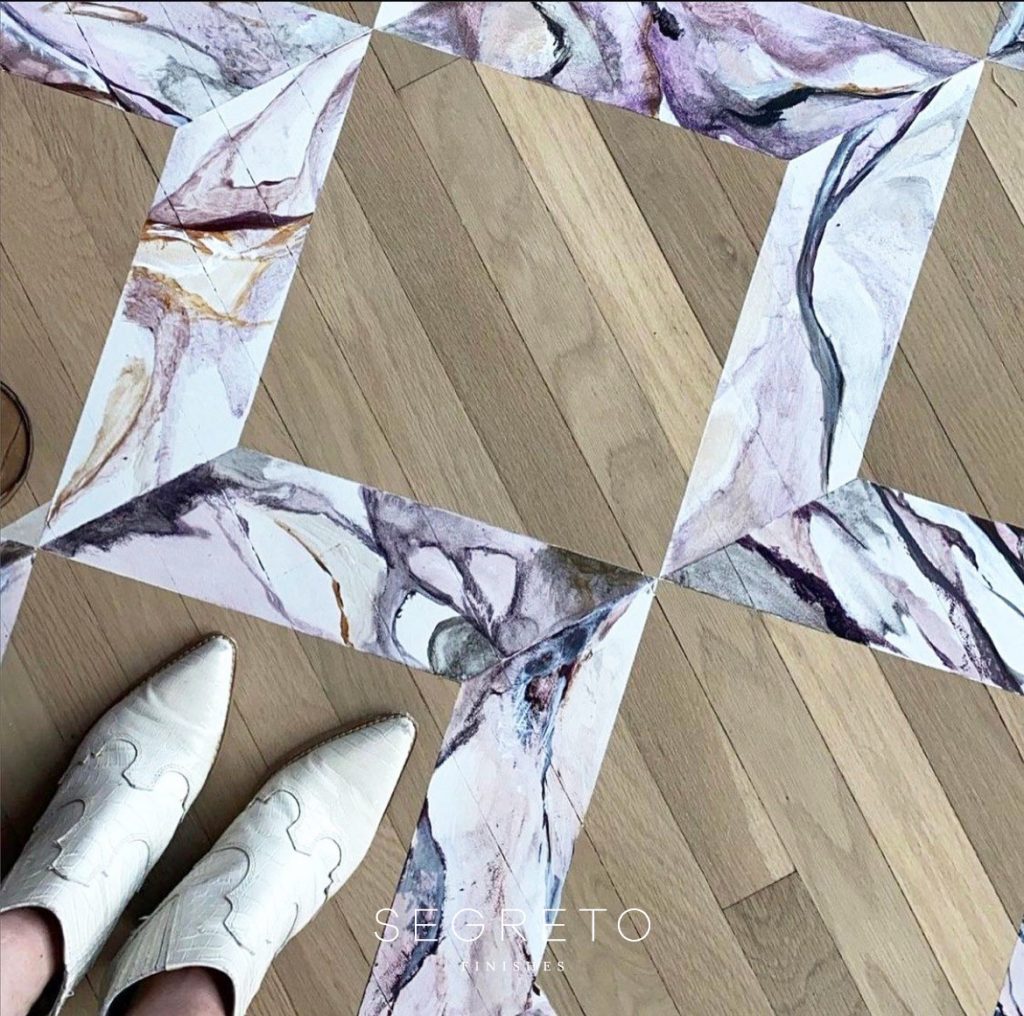
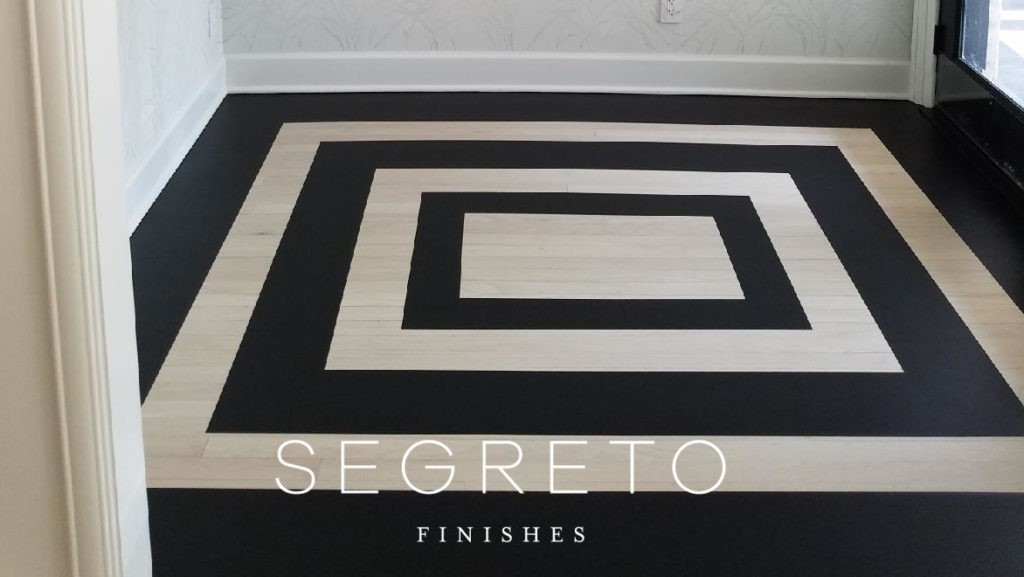
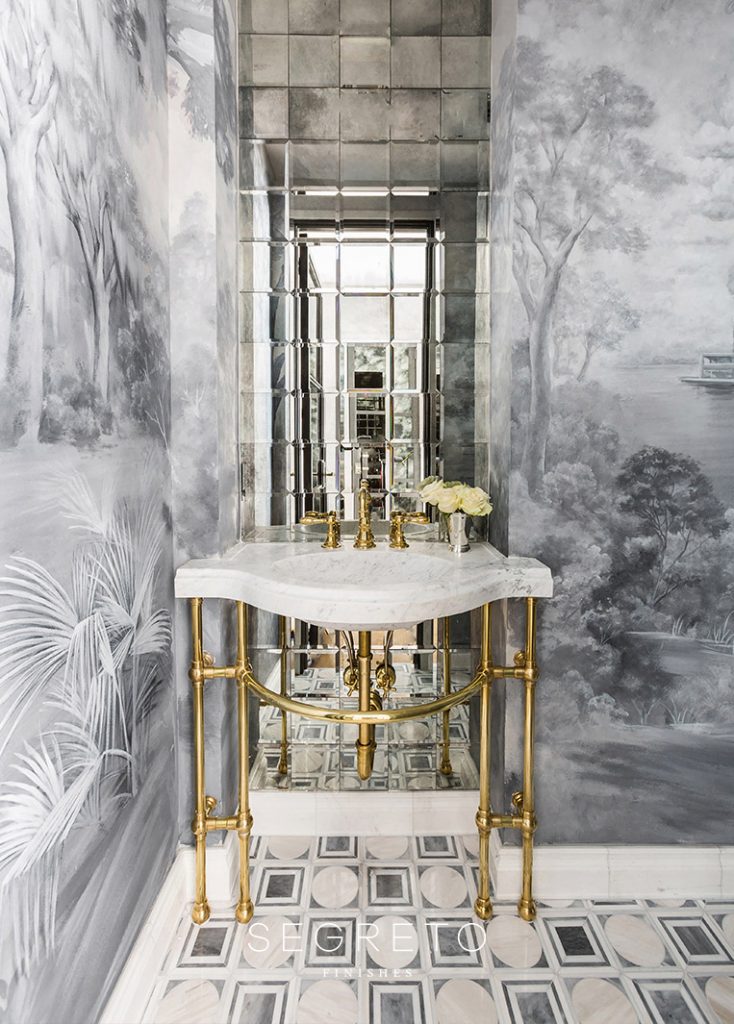

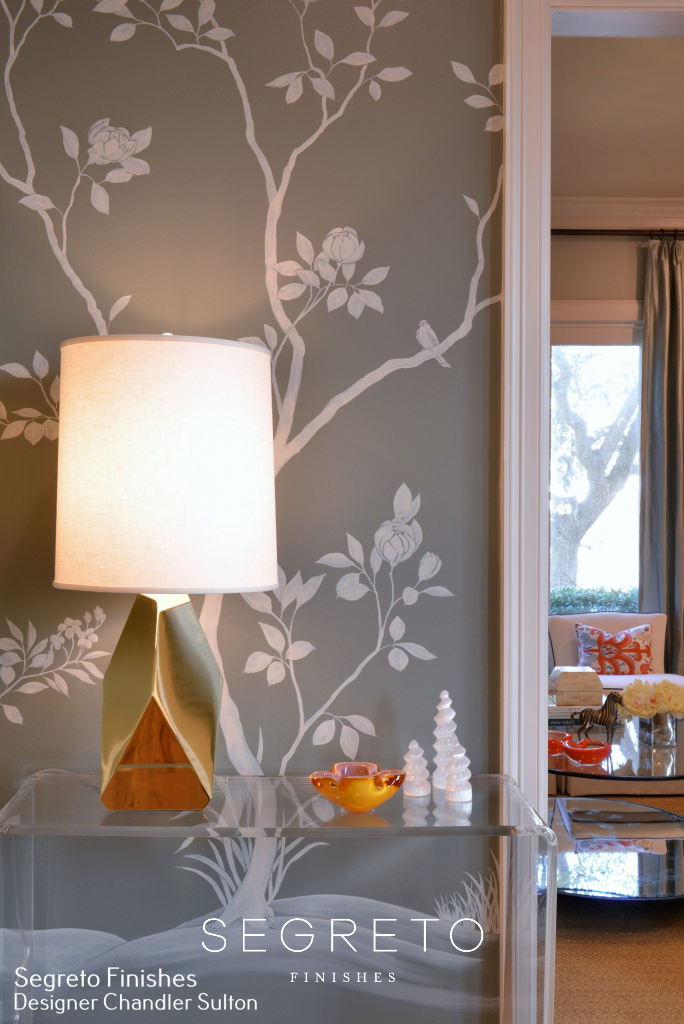
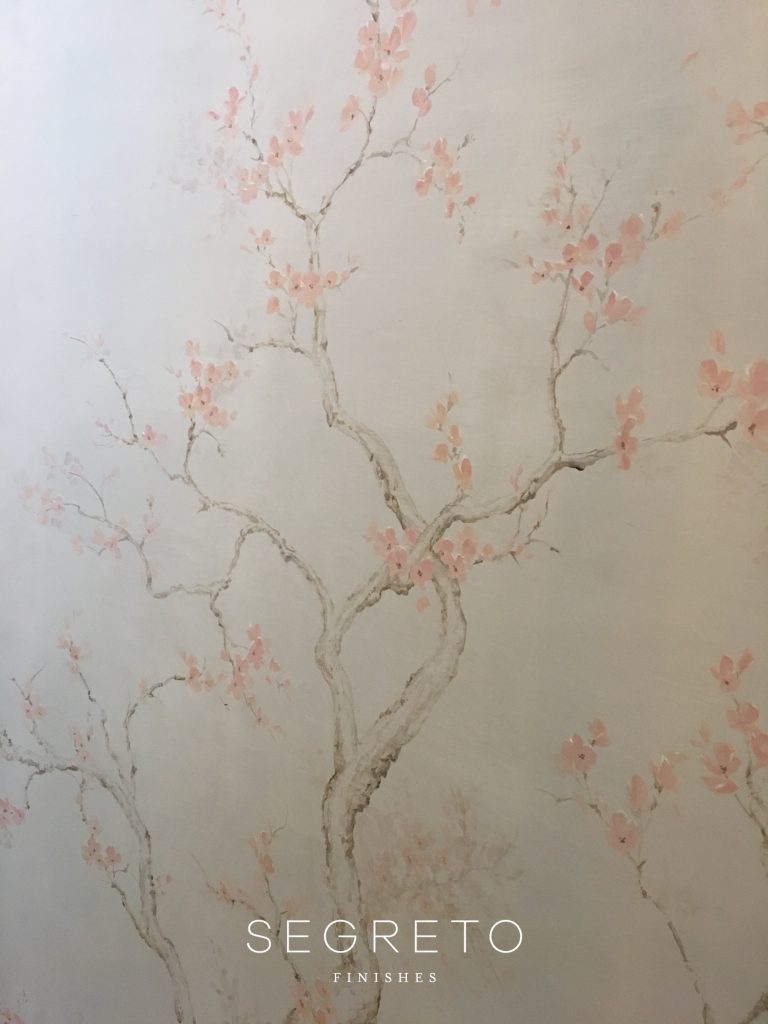

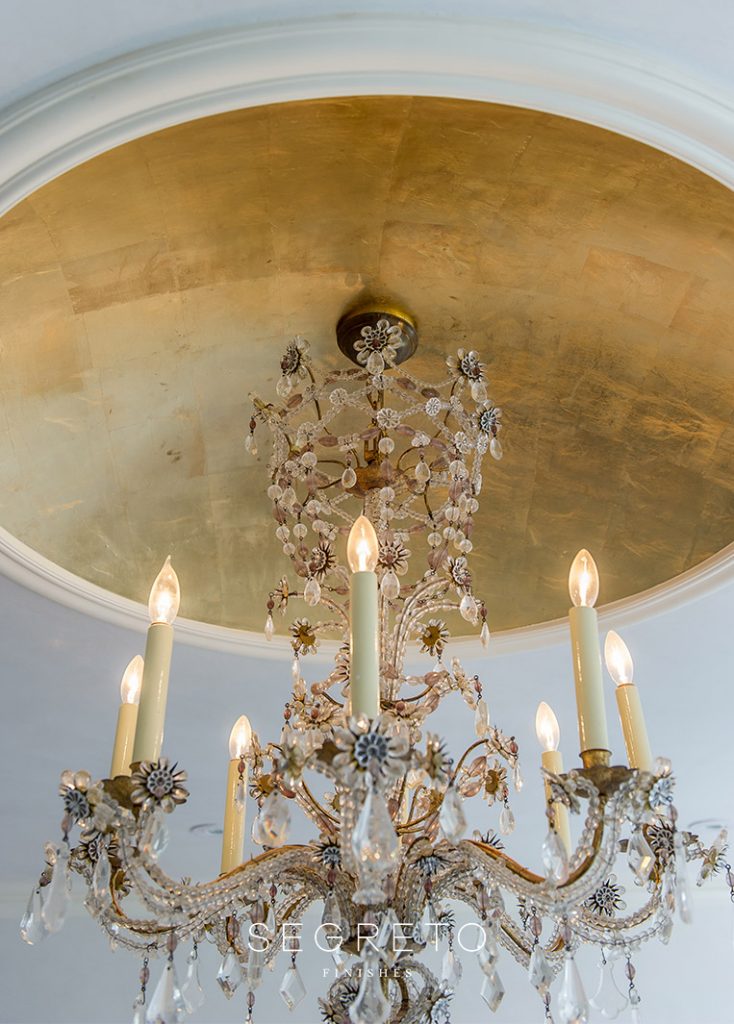

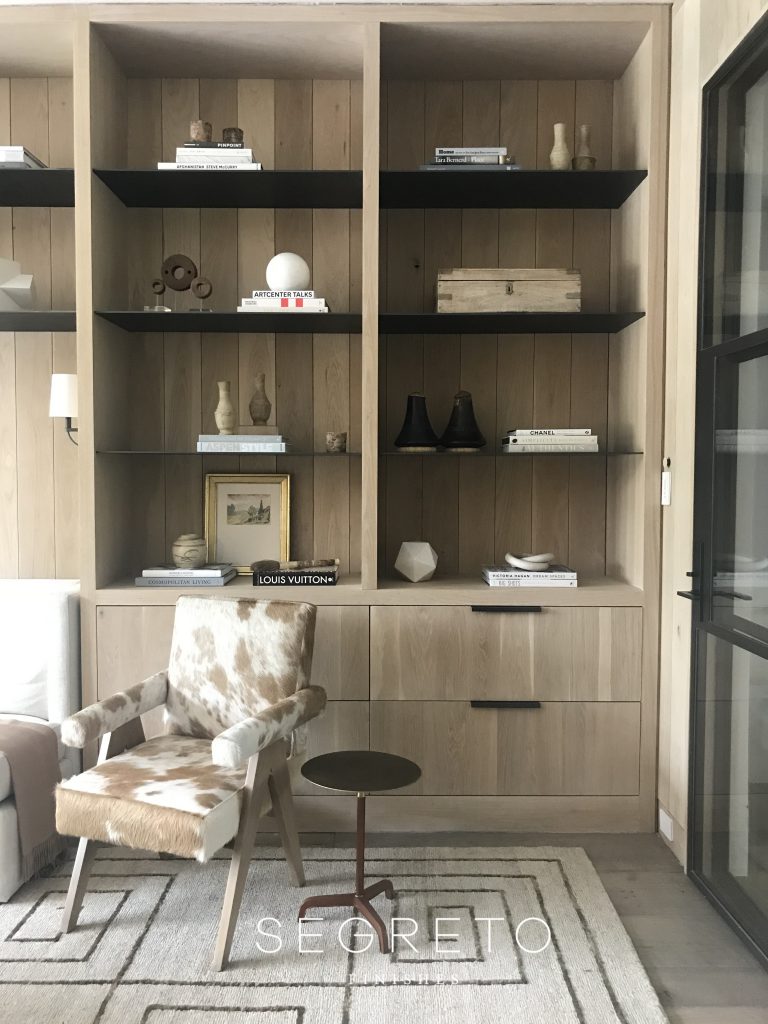
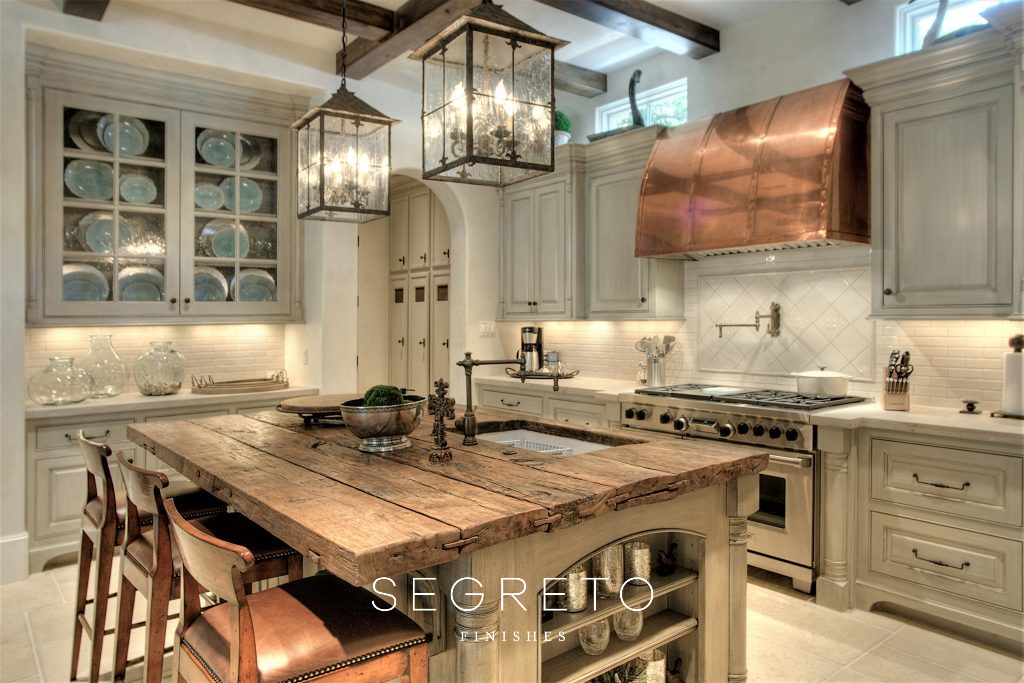
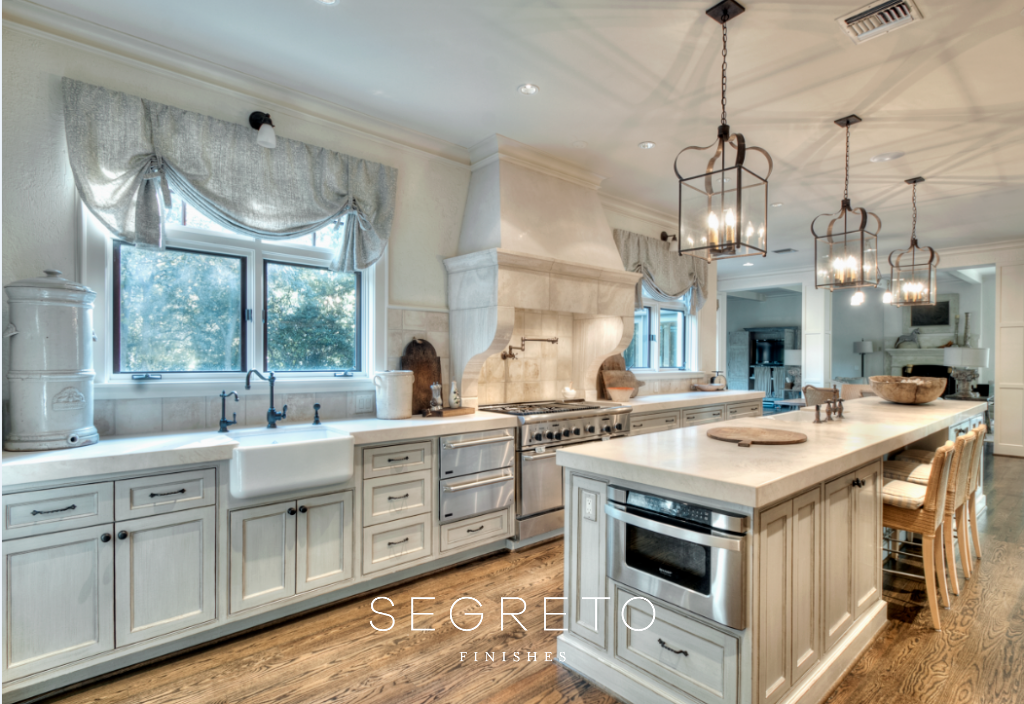
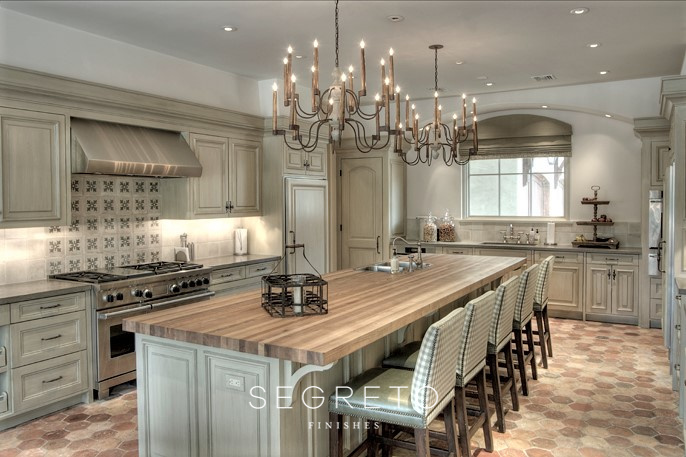
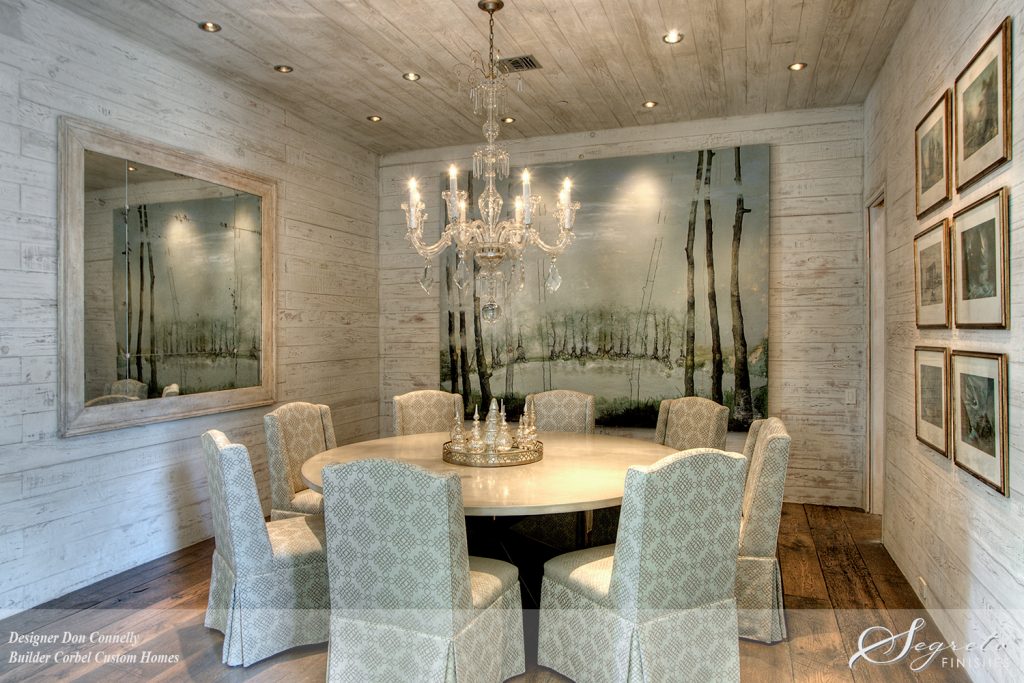
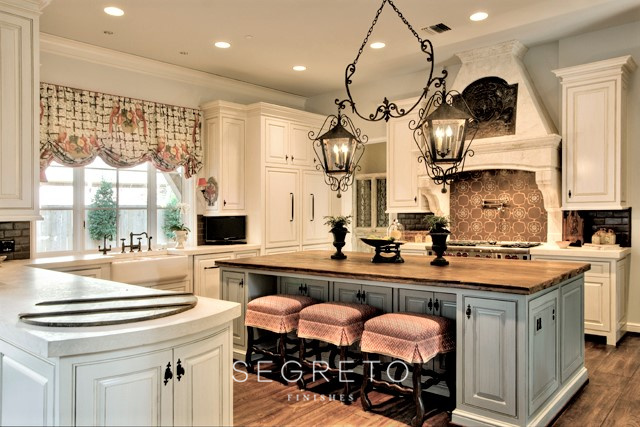

No Comments